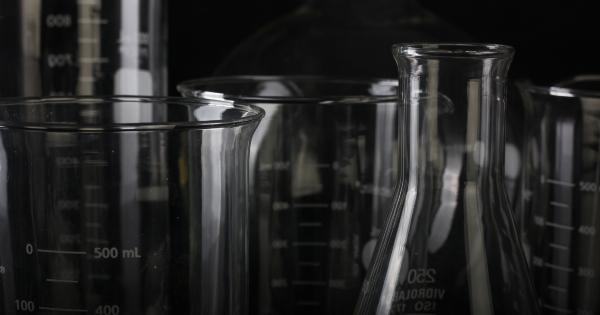When it comes to human behavior, various factors can influence our preferences and choices. One such factor that has been studied extensively is the impact of temperature on human attraction.
Although temperature may not seem like an obvious influencer, numerous studies have revealed a complex relationship between heat and human behavior, including attraction.
1. The Link between Heat and Attraction
Several studies have explored the relationship between temperature and attraction and found interesting outcomes.
One study conducted by researchers at the University of Texas at Austin revealed that individuals living in warmer climates tend to have a more relaxed attitude towards relationships and are more interested in short-term flings compared to those in colder climates.
It is theorized that warm weather promotes a more relaxed lifestyle, which can influence a person’s willingness to engage in casual relationships.
This relaxed attitude may be due to the increase in social opportunities that the warm weather provides, such as outdoor events, festivals, and parties.
2. The Impact of Heat on Hormones
Another aspect that may explain the connection between temperature and attraction is the effect of heat on hormones. Research has shown that higher temperatures can lead to higher testosterone levels in both men and women.
Testosterone is a hormone associated with increased sexual desire and motivation.
When individuals are exposed to high temperatures, their bodies undergo physiological changes to regulate their internal temperature. This process involves an increase in blood flow and sweating.
It is believed that these changes act as a physiological response and trigger the release of hormones, including testosterone, which can influence attraction and desire.
3. The Role of Sweat and Pheromones
Sweating is a natural response to heat, and it plays a vital role in regulating body temperature. However, sweat itself can also influence human attraction.
Sweat contains pheromones, chemical substances that can impact the behavior and attraction of others.
Studies have shown that certain pheromones present in sweat can communicate information about an individual’s genetic compatibility, immune system, and reproductive fitness.
It is theorized that these pheromones can unconsciously affect the attraction and mate selection process.
Therefore, when individuals are exposed to high heat, their bodies produce more sweat, increasing the likelihood of emitting pheromones that may influence the attraction towards certain individuals.
4. Heat and Perception of Others
Heat can also affect how individuals perceive and judge others. Several studies have explored the link between temperature and perceived attractiveness.
One study conducted by researchers at Yale University found that individuals perceive others as more attractive when they are in a warm environment compared to a cold one.
It is suggested that the association between warmth and positive emotions may lead individuals to find others more appealing in warm environments.
This could be because warm environments are unconsciously associated with feelings of comfort, safety, and positivity, which can influence the perception of attractiveness.
5. The Influence of Cultural Factors
While the impact of temperature on attraction has been identified, it is important to note that cultural factors also play a significant role. Different societies have diverse norms and values regarding attraction and relationships.
For example, in some cultures, there may be a preference for fair skin, which could be the opposite of the physical changes that occur due to exposure to high temperatures.
Therefore, cultural factors need to be considered when studying the relationship between temperature and attraction.
6. Considerations and Limitations
Although multiple studies have suggested a relationship between temperature and attraction, it is important to acknowledge the limitations and complexities of this connection.
Individual variations, cultural factors, and personal preferences can significantly affect attraction.
Additionally, while research has highlighted some potential mechanisms behind the heat-attraction relationship, more studies are needed to fully understand the underlying processes and to account for the influence of confounding variables.
7. Practical Implications
Understanding the potential impact of temperature on attraction can have practical implications in various fields.
For example, marketers may consider temperature as a factor when designing advertisements or creating social environments that aim to enhance attraction and positive perceptions.
Furthermore, individuals may become more conscious of their own biases and preferences, considering how factors such as temperature may influence their attraction towards others.
8. Conclusion
The relationship between high temperature and attraction is a complex topic that has fascinated researchers for years.
While several studies have suggested a connection between the two, it is essential to consider the multitude of factors that influence attraction and the limitations of current research.
Temperature, along with cultural, biological, and personal factors, contributes to the intricate tapestry of human behavior and preference.
Further research is necessary to fully grasp the extent of the influence of high temperature on attraction and to understand the underlying mechanisms.





























